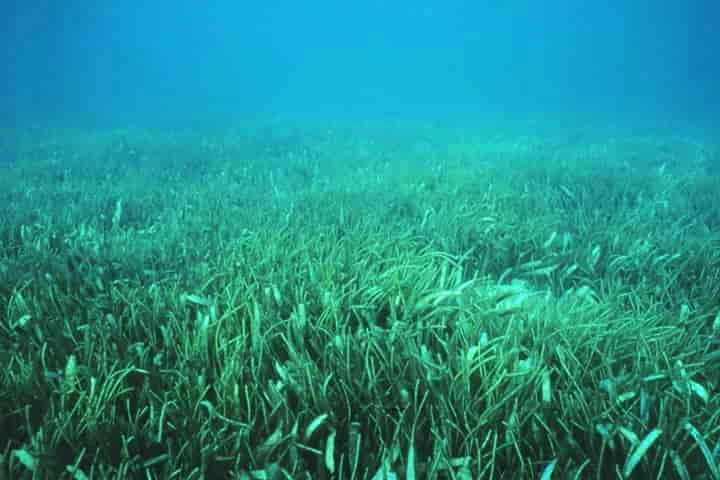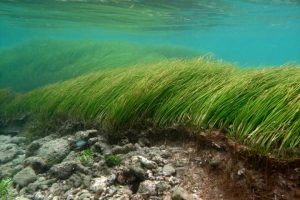Scientists from the Max Planck Institute for Marine Microbiology have found mountains of sugar beneath seagrass meadows across the world's oceans.
Seagrass meadows are extremely efficient at capturing carbon, and are one of the world's top carbon capturing ecosystems.
According to the institute, one square kilometre of seagrass stores almost twice as much carbon as forests on land, and 35 times as fast. When the seabed around these meadows were inspected, it was found to have massive amounts of sugar in their soil systems.
Manuel Liebeke, who is head of the research group undertaking the study at the institute, explains that the massive amounts of sugar are about 80 times higher than previously measured in marine environments
“To put this into perspective: We estimate that worldwide there are between 0.6 and 1.3 million tons of sugar, mainly in the form of sucrose, in the seagrass rhizosphere…That is roughly comparable to the amount of sugar in 32 billion cans of coke!” Liebeke said in a press statement.
To get a better understanding of these carbon-capturing powerhouses, the scientists conducted a study off the Italian island of Elba where they took samples of seagrass meadows and their surrounding sediments.
Also Read: Why do mother octopuses commit suicide just before her eggs are hatched?
While this is an extremely new discovery, seagrass meadows are among the most threatened habitats on Earth. According to the institute, they are rapidly declining in all oceans and up to a third of the world's seagrass may already be lost.
Mr Liebke says, “Looking at how much blue carbon that is carbon captured by the world's ocean and coastal ecosystems is lost when seagrass communities are decimated, our research clearly shows: It is not only the seagrass itself, but also the large amounts of sucrose underneath live seagrasses that would result in a loss of stored carbon.
“Our calculations show that if the sucrose in the seagrass rhizosphere was degraded by microbes, at least 1.54 million tons of carbon dioxide would be released into the atmosphere worldwide…That's roughly equivalent to the amount of carbon dioxide emitted by 330,000 cars in a year,” he added.




















